Getting the ropes with few key visuals
This post is branded by STO, an FCA regulated forex broker.
If you are an experienced trader, then you must be acquainted with chart patterns. If you are a first-time trader, you might find chart patterns a bit overwhelming and complex to understand but hopefully with this article, you will be able to understand how these systems work and be informed about their utility and function when trading.
Chart price patterns help traders recognize trends, movements and the patterns developed from the price fluctuations of currency pairs. Forex chart patterns can help you enter a trade on a low and exit high or as metaphorically known "ride the wave" of a pair's movements.
These are some of the most popular forex chart patterns.
1. Candlestick Patterns
One of the most popular chart patterns is the JapaneseCandlestick Chart Pattern, which as the name suggests, is said to have
originated in Japan in the 1700s. Some variations of the Candlestick Patterns
are:
Single Candlestick- this pattern is separated into the hanging man and the hammer.
The hanging man shows the peak or zenith of a price gain, showing that there is an increase in the number of sellers against buyers and therefore creating a downward shift. On the contrary, a hammer is the signal of an approaching bottom price and a speculation of the price of the pair to rise soon after.
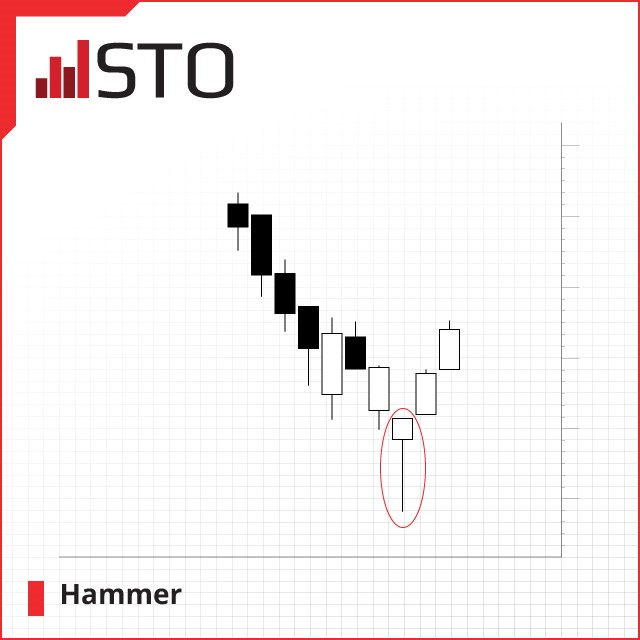
More single candlestick patterns are the shooting star and the inverted hammer. The latter occurs on a downward trend, showing that the majority of the sellers of the pair have exited the trade; buyers will start moving in soon.
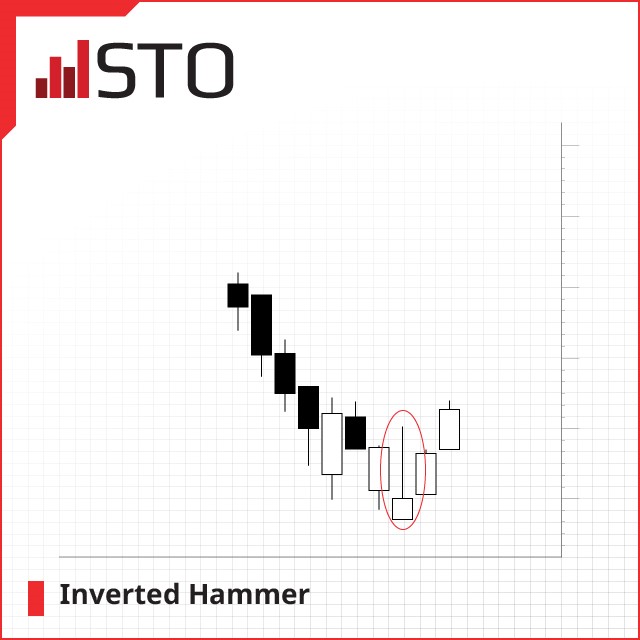
The former happens on an upward trend and shows that even though buyers have tried to increase the price, sellers have exited at a quicker pace.

2. Triangle Patterns
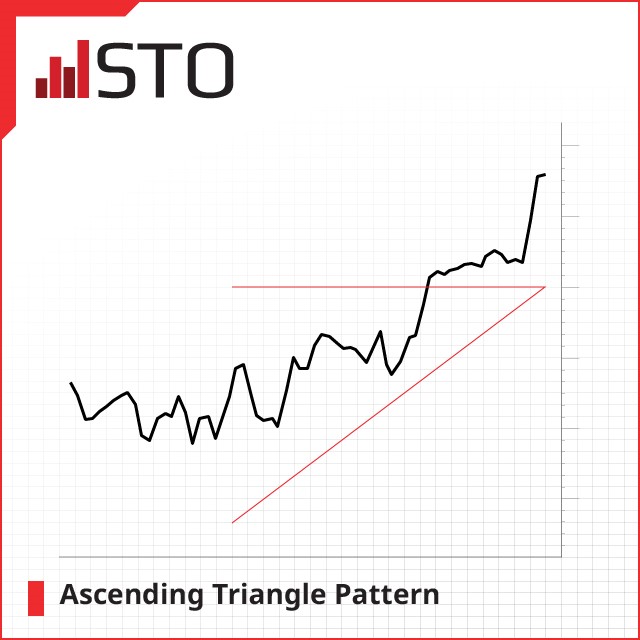
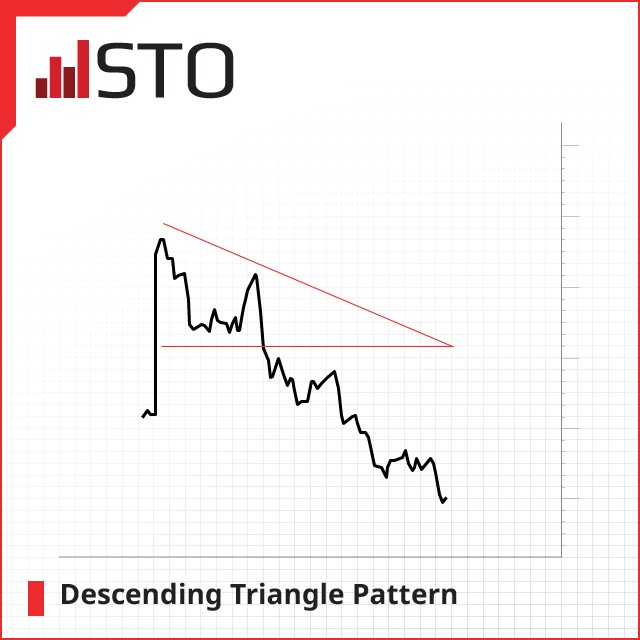
The symmetrical triangle pattern is developed when the high prices of a forex currency pairconverge with the slope emerged by the price's lows.
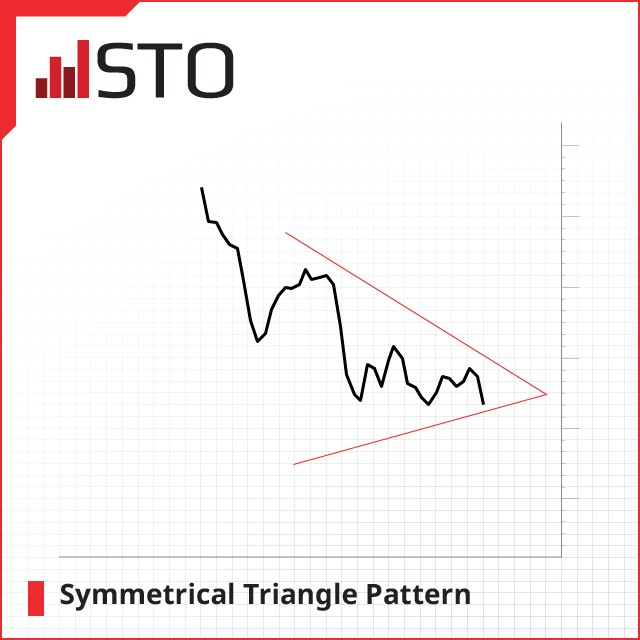
These two slopes come together at the point of a triangle. An equilibrium between buyers and sellers is indicated but the closer the slopes move towards the "apex" of the triangle, the greater the possibility of a breakout. An ascending triangle pattern is developed when buyers push up the price to create a higher lows slope.
The inverse of this pattern is the descending triangle where the lows usually stay on a fairly straight line, with the highs creating a downward movement.
3. Head and Shoulders
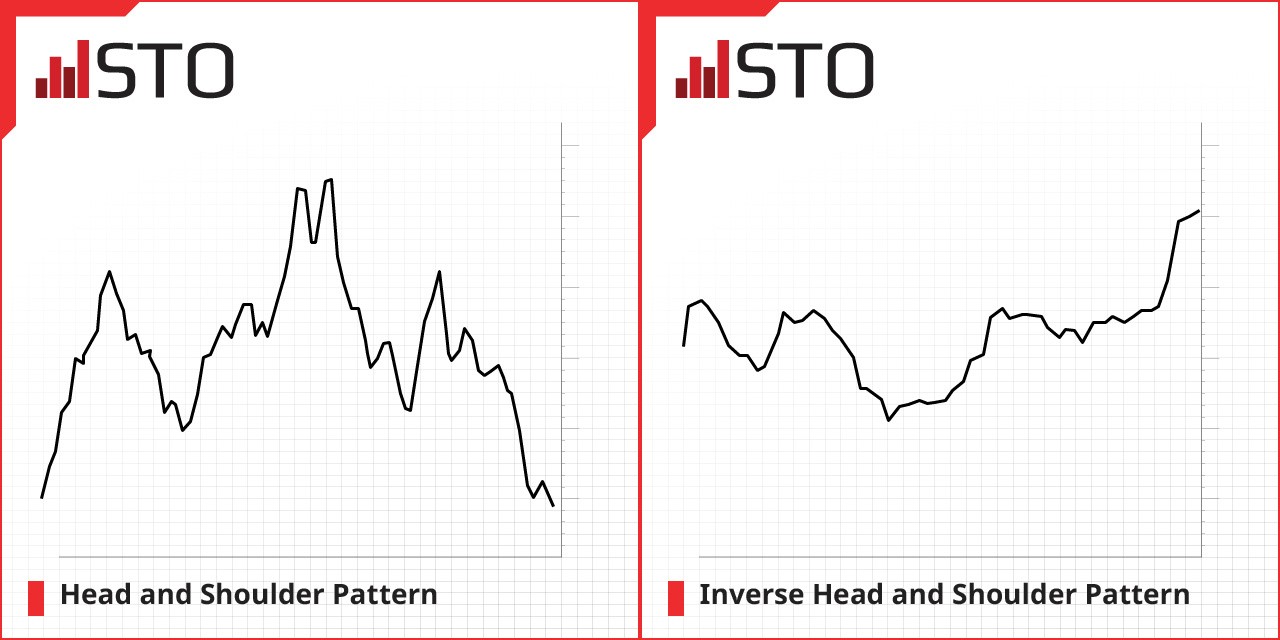
Head and shoulders, and its inverse with the predictable name inverse head and shoulders, are two very popular and frequently used patterns. The head and shoulders pattern forecasts a downward movement of the price, whereas the inverse pattern predicts an upward one.
Typically, this pattern involves two minor price highs on the opposite sides of a higher price high. The inverse head and shoulders involves two "higher" lows of a "lower" low.
4. Double Top/ Double Bottom Pattern
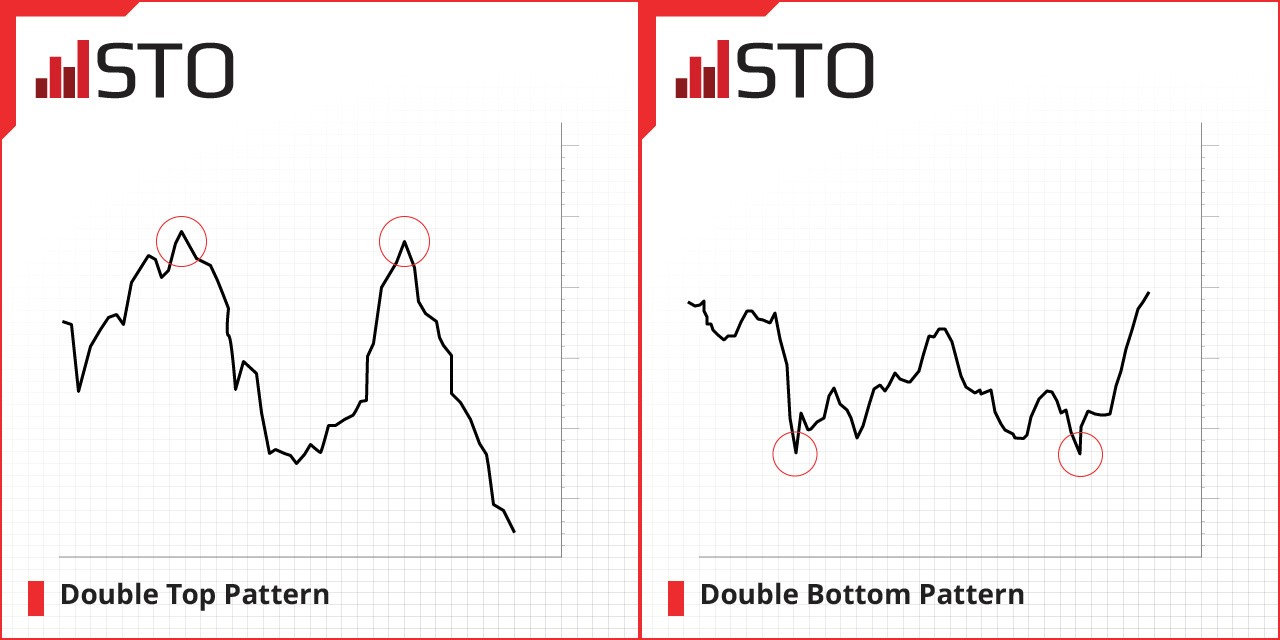
This double top pattern is very similar to the head and shoulders pattern with two peaks indicating that the buyer's interest has waned with the chance of a downwards movement.
On the contrary, the double bottom pattern has two low price valleys which predict an upward trend as buyer interest is piqued.
5. Rising/Falling Wedge

The rising/falling wedge may be similar to the triangle but there is a key difference; this pattern has two sloping movements that are nearly parallel contrasting the converging trendlines of the triangle.
In addition, the wedge does not usually include an uptrend break due to both trendlines sloping down. Another differentiation is that the shallower slopes indicate a longer term pattern, compared to the triangle.
Final words
Now that you are familiar with the most popular chart patterns, start trading today with an STO account that gives you access to MT4, one of the industry's leading forex trading platforms. Click on the link above for more information.
This article comprises the personal view and opinion of the STO Investment Research Desk and at no time should be construed as Investment Advice.
